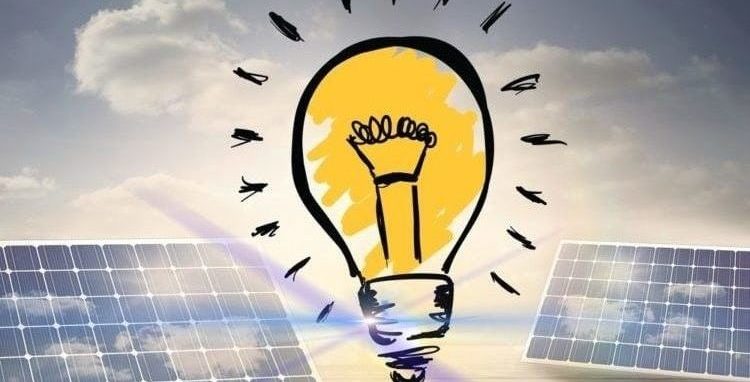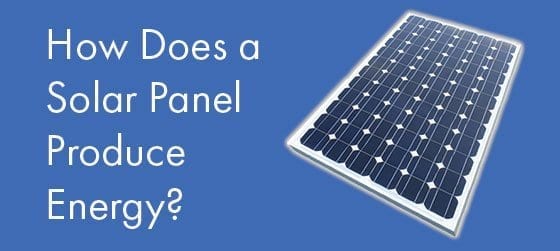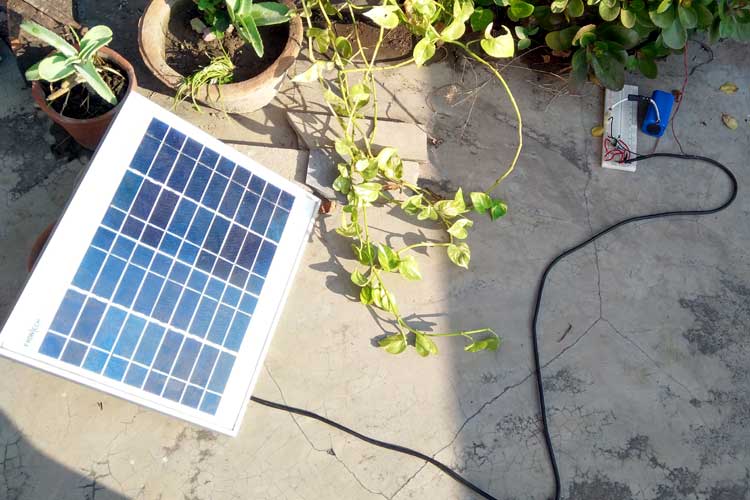We can describe it as the transference of energy from the sun through a set of electromagnetic radiations that are distributed in a light spectrum that goes from ultraviolet to infrared radiation.
Solar panels produce ir light.
But it s not really that simple and capturing energy from emitting infrared light is even less intuitive says lead author steven j.
Generally speaking solar cells are capable of harnessing visible light for energy.
At night if a panel is pointed toward earth then it could capture the earth s invisible infrared light.
Byrnes ab 07 a postdoctoral fellow at seas.
Sunlight energy that reaches the ground is around 4 ultraviolet 43 visible light and 53 infrared.
Solar panels absorb the sun s heat and generate energy.
A research team led by hans ågren professor in theoretical chemistry at kth royal institute of technology has developed a film that can be applied on top of ordinary solar cells which would enable them to use infrared light in energy conversion and increase efficiency by 10 percent or more.
Why uv panels are a con job.
Our sun blasts out over 50 percent of its energy as near infrared light but solar cells only harvest visible light.
But solar panels only use a small portion of ultraviolet.
Solar radiation is the main source of energy used by solar panels to generate electricity.
Sunlight has energy so photovoltaics make sense.
As a result the best commercial panels only convert about 20 percent of solar.
They spend all day baking in the sun but that doesn t mean solar panels capture all the light that hits them.
Now capasso and his research team are proposing something akin to a photovoltaic solar panel but instead of capturing incoming visible light the device would generate electric power by releasing infrared light.
Solar panels mostly convert visible light into electrical energy and they also can make use of almost half the infrared energy.
You re just collecting the energy.
Brian wang november 2 2019.

















/__opt__aboutcom__coeus__resources__content_migration__treehugger__images__2011__10__solar20panels-9fa9da5be68d4cf58fc20335178fa267.jpg)






























